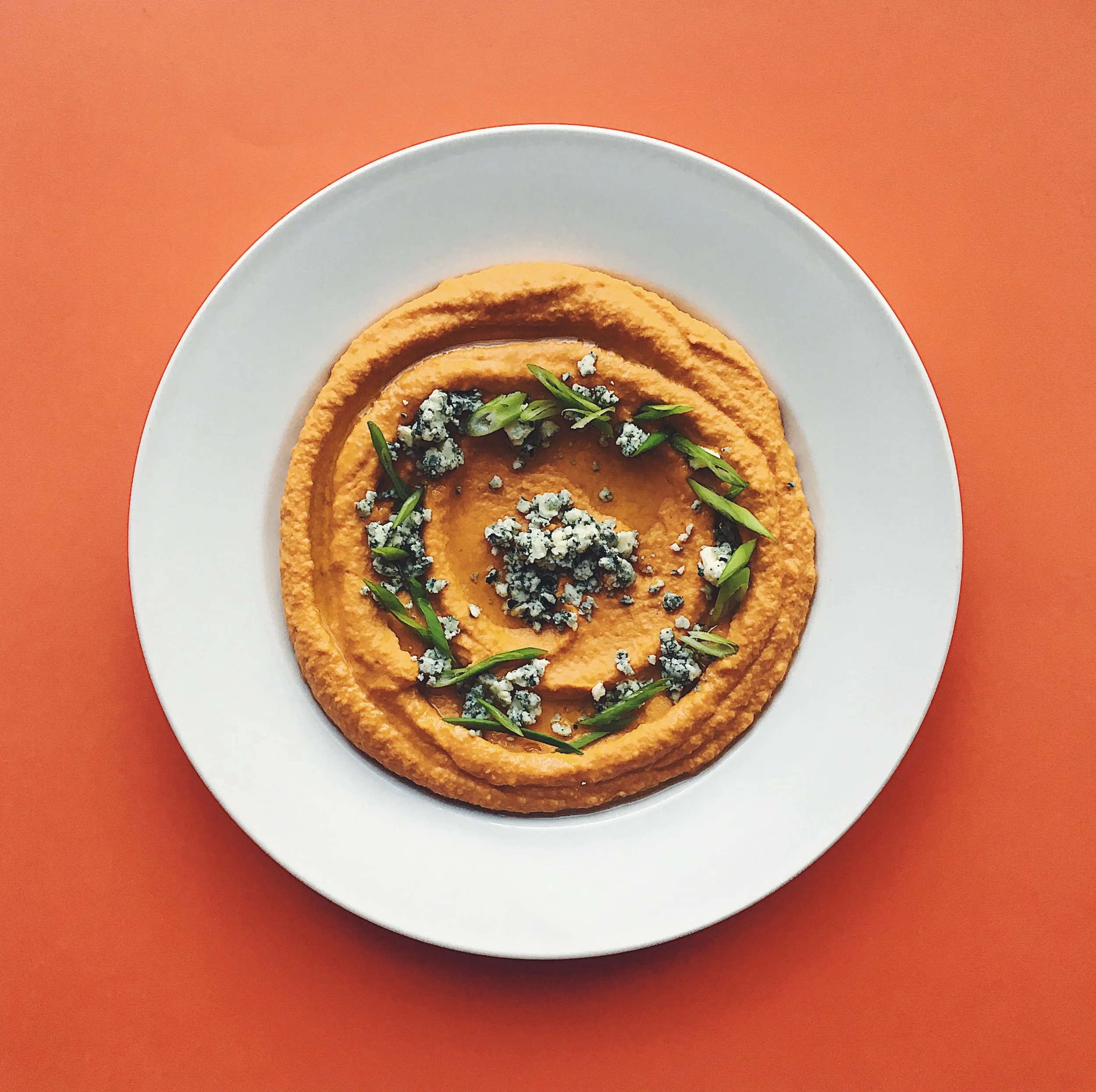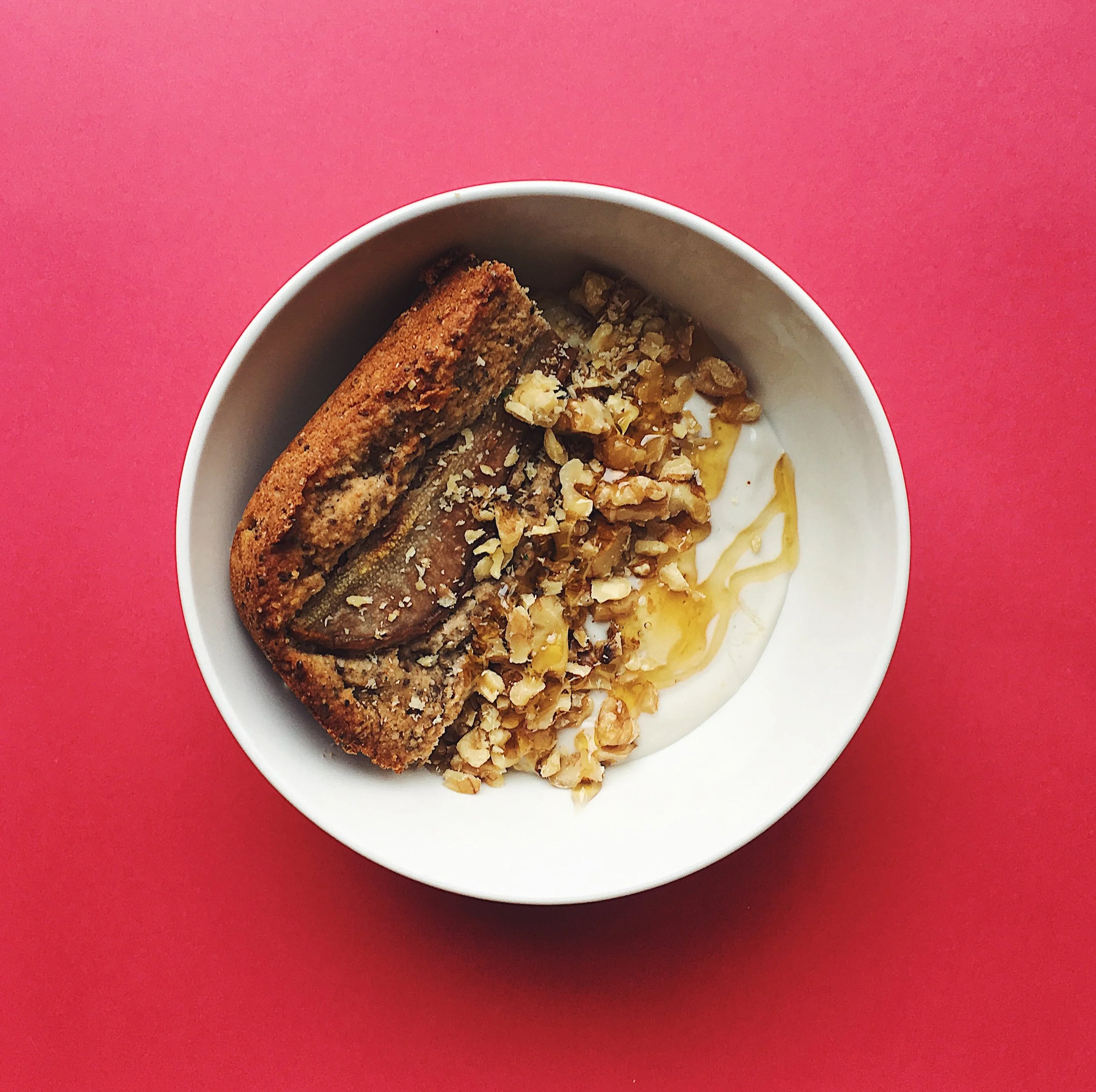The Ultimate Cookbook Gift Guide

Books that you’ll cook from, instead of just look at.
The cookbooks on this list represent my tried-and-true. Their spines are broken. They have splattered and oil-scarred pages that prove how many times they’ve fed me. They never make it back on the shelf to accompany the 65 (yes, I counted) other cookbooks I’ve accumulated over the years—not counting the ones that are piled by my nightstand, crowding the kitchen counter, and scattered under coffee tables.
Why am I like this? I blame the internet (as we should for all of our shortcomings). At the end of each year, food publications release list upon list of the most essential cookbooks of the year. All are beautiful and typically offer a surprising approach to something that has often been overlooked, misunderstood, or forgotten. It’s a cook’s catnip. And so, these books are filed systematically onto a Christmas list to be distributed to family. I am lucky enough to get a handful of them because my relatives are all about fueling healthy addictions. But, after a few cursory flips, they sit on shelves waiting for the perfect moment to really dig into cooking a 4-course Russian meal (Sochi, we hardly knew ye). Or that serendipitous moment when Whole Foods has razor clams (so far, never).
Once you get beyond the cookbooks that are niche and rooted in fleeting trends, I’m left with the books have defined me as a cook, and if that doesn’t make them worth sharing, I don’t know what is. I’ve done my best to match them with the people in your life that will love them as deeply as I have. Hopefully they can keep the pages nicer than me.
For the person who can’t possibly start cooking anything until they find “the best” recipe.
This is America, so you probably know at least one person who is obsessed with finding “the best”. This is likely someone who has 20 tabs open in their browser (i.e. me). They probably also announce that they are going to cook something and disappear into an internet rabbit hole, trying to sort through dozens of recipes to find the one that they think will net the right results. Help this person restore hours, and maybe days, to their life with this cookbook. Every dish starts with testing hundreds of recipes to find the best methods to net the best results. The shepherd’s pie uses a technique I had never heard of before, and now I also use it on my meatballs to make them super tender. The recipes are where everyone should start to guarantee something with great results. Incredibly, they do the same testing for an equipment index, which makes a damn fine guide for a wedding registry, if you’re so inclined.
Genre: Comforting Classics
Dishes not to miss: Shepherd’s Pie, Cranberry-Nut Muffins, Tomato Soup
For the person who brings homemade kombucha or ketchup to the office to share.
Entirely plant-based, this book features nourishing recipes that are absolutely delicious. I make both the pumpkin bread and the granola at least twice a month. I’m actually not sure how to eat breakfast without them anymore. Beyond the tasty recipes and pictures, there’s a fair amount of education on correctly soaking and sprouting foods, the best unrefined sweeteners, and other interesting ingredients that can sneakily give your health a boost. If you want to be that virtuous, great, but the recipes don’t dictate that you do it. You can still make all of the delicious beany soups, curries, and grain bowls without thinking about them 12 hours in advance. Beyond the whole foods focus, the meals are pitch-perfect on spicing and seasoning and are incredibly comforting.
Genre: Hippie Hedonist
Dishes not to miss: Pumpkin bread with toasted walnut cinnamon swirl, Cherry Coconut Granola, Herbed spelt berry salad with peas and feta, Butternut squash lasagna with sage tofu ricotta
For the traveler that has to have a real job, so they make ethnic restaurants a destination.
Being part Lebanese, the dishes in this book resonates with me on a biological level. Beyond that, it combines spices in ways that will change the way you experience food forever. I can’t even count the jars of cumin that have fallen since buying this book a few years ago. The salmon steak recipe is one of the first things that I ever cooked that truly stunned me. The spices combined in a way that evoked the moment your breath comes back after the wind gets knocked out of you. The Mejadra is popped with so many spices, I can’t ever go back to the beloved version of lentils and rice from my childhood that we inexplicably drowned in Italian dressing. A kitchen without this book has yet to be truly broken in. The food is soulful and a kaleidoscope of cultures that funnel into a single city, and book. You will be stunned that your hands actually prepared food as delicious as the food that you will make out of this book.
Genre: Middle Eastern-ish
Dishes not to miss: Salmon steaks in chraimeh sauce, Kofta b’siniyah, Stuffed eggplant with lamb and pine nuts, Mejadra
For the person who can’t eat that because they’re always on a cleanse.
This book fills a really needed niche of speaking to people who love food, but are having issues with food loving them back. The author, Seamus Mullen, has gone toe-to-toe with an autoimmune disease by simply feeding himself real food. The dishes in this book feel decadent with how robustly they’re flavored. So much so that you’ll never notice that things like grains and beans are mostly absent. The spaghetti squash with beef seems too simple to actually be good, but we would have eaten it with small shovels if they were in our flatware drawer. The steak salad with melon is bright and herby and everything that’s great about summer thrown in a bowl together. Beyond the food, this book presents a solution for someone who is always struggling to feel well, while providing dishes that are enticing and memorable.
Genre: Food as Medicine
Dishes not to miss: Spaghetti squash stuffed with ginger-garlic beef, Grilled skirt steak salad with hearts of palm, cucumbers, melon, and tomatoes, Kale and chicken caesar salad with quinoa and pecans, Honeydew with olive oil, sea salt, espelette pepper, and lime
For the person who is a know-it-all, but legit does know a lot about nearly everything.
The true brilliance of this book is that the authors were smart enough to realize they didn’t have all the answers. The pages detail how to recreate to some of the best things I’ve ever eaten, while indulging in great restaurants or really well-done blogs. In fact, several of the recipes in this book are things that I actively sought out after a trip in a desperate “I have to have that again” frenzy. The kale salad from Northern Spy doesn’t sound like much, but I spent more time than I’d like to admit trying to figure out the right combo of almonds, roasted sweet potatoes, and aged cheddar to bring it home to Colorado. Sometimes I could figure it out, but recipes often used one of these aforementioned genius techniques that I would have never even thought to try (The secret to ABC Kitchen’s avocado and carrot salad? Roasting the citrus, of course). Rather than attempting to collect slightly-off attempts on Pinterest over the years, this book compiles the best food moments of recent memory in one place.
Genre: G.O.A.T.
Dishes not to miss: Kale Salad, Roasted Carrot & Avocado Salad with Crunchy Seeds, Mushroom Bourguignon, Tomato Sauce with Butter & Onion, Salt-Crusted Potatoes with Cilantro Mojo
For the person who factors a 2.5 hour wait into their brunch plans like it’s NBD.
I’m breaking my rule. I haven’t cooked a ton of stuff out of this book. But the allure of Sqirl and their particular brand of New California cuisine is a siren call that I can hear even over the Rocky Mountains that separate me from their scenester LA location. The book itself is beautiful and gives a peek into food as an expression of lifestyle. Pretty people eating pretty food? Yeah, I can see the appeal. The impossibly tall Daily Quiche drew me in, and then I stayed for the well-crafted condiments, graphic presentation, and unique flavor match-ups. It sounds insane, but there two recipes in this book that explain how to make nut butter toast and I would follow them to the letter based on the photos alone.
Genre: Cool Hunting
Dishes not to miss: Daily Quiche, all 5 toast recipes, Socca, Powerballs
For the person you suspect owns a microscope to re-live high school science fair fun.
This book isn’t so much about recipes as it is about the principles that make you a good cook on the fly. It’s essentially the most crucial parts of culinary school condensed into a very accessibly-written, often funny, beautifully illustrated book. It’s perfect for the person in your life who wants to cook more, but feels like they need to understand why they’re doing each step, rather than blindly following a recipe. That’s not to say that there aren’t recipes here to illustrate the concepts—there are. And they are interesting and delicious. But once you’re through the book, you’ll have your own way of doing things.
Genre: Teach. Yo. Self.
Dishes not to miss: Literally anything that comes out of a kitchen after learning these concepts. At worst, it will be perfectly seasoned and cooked. At best, it will be something that thrums your taste buds for the foreseeable future.
For the person who thinks they don’t need no stinkin’ recipes.
With the pervasiveness of food television, there are a lot of people who want to play chef in the kitchen, even though they might not exactly know what they’re doing. Or maybe their grandmother never used recipes, so why should they? These are people who look at a recipe for inspiration, and feel like they can improve upon it using no other tools than their imagination. Maybe this person has also made you a dish that combines cumin with vanilla beans. I’m not saying it can’t be good (but it wasn’t, was it?), but this book can offer some nice guidelines. When I first flipped through it in culinary school, it blew my mind. It’s essentially an index of every ingredient you can think of, and each ingredient is accompanied by a list of complimentary flavors. If you’ve ever eaten something and thought, “how did they know how to put those things together?” This is how they knew.
Genre: Helpful Hacks
Dishes not to miss: Whatever this person starts to put together after you give them this book.
For the person who joins a CSA for the produce and ends up composting it in shame.
Eating locally is one of the best things you can do to bolster your city’s economy. Not only are you supporting local farms, but you’re helping yourself to food that’s more nutrient-dense and ethically grown. Buying it is half the battle. Now you have to figure out what the heck to do with kohlrabi or rutabagas or fava beans. This book is an incredible resource for taking the best produce of the season—not just summer—and turning it into something that is really special. I never really cooked this way (yikes, I know), but the bright jaw-tingling goodness of dishes like the cucumber apricot salad grabbed me by the hand and lead me through this book for the whole summer. The recipes are very straightforward and often don’t even require much measuring. The innate taste of fruits and vegetables are allowed to shine in a way that makes you look like a culinary genius. And its dummy-proof organization into seasons ensures you won’t end up with something that isn’t at peak deliciousness
Genre: Vegetable Magician
Dishes not to miss: Celery salad with dates, almonds, and parmesan, Cucumbers, celery, apricots, and pistachios, Green bean, tuna, and mushroom “casserole”, Grilled eggplant with tomatoes, torn croutons, and lots of herbs
For the foodie who can’t find time to do laundry, return texts, or adult on the whole.
This has been one of my most go-to books of the year. It’s smart, it’s simple, and it produces dishes that will blow your hair back in the time that it would normally take takeout to reach your door. Melissa Clark knows how to balance the comfort food you crave after a day that has leveled you with interesting flavor combinations that will absolutely revive you. The sausage with swiss chard seems straightforward enough, but then she adds rhubarb and currants and garam masala. That was the first dish I made out of this book and it was a true “holy shit” moment. Same with her harissa chicken. I make it and people clamor for the recipe. She recently released an Instant Pot-focused book that I’ve heard is just as impressive, but is even more hands-off. If I could study under anyone, it would be her. Simply because I want to understand how her brain works to make these jaw-dropping recipes come to life in what seems to be a time warp.
Genre: Stupid Delicious
Dishes not to miss: Harissa chicken with leeks, potatoes, and yogurt, Seared sausage & rhubarb with swiss chard, Sesame chicken with cashews and dates, Peachy pork with pomegranate molasses and charred onion, Burrata caprese with peaches, tomato, and basil















